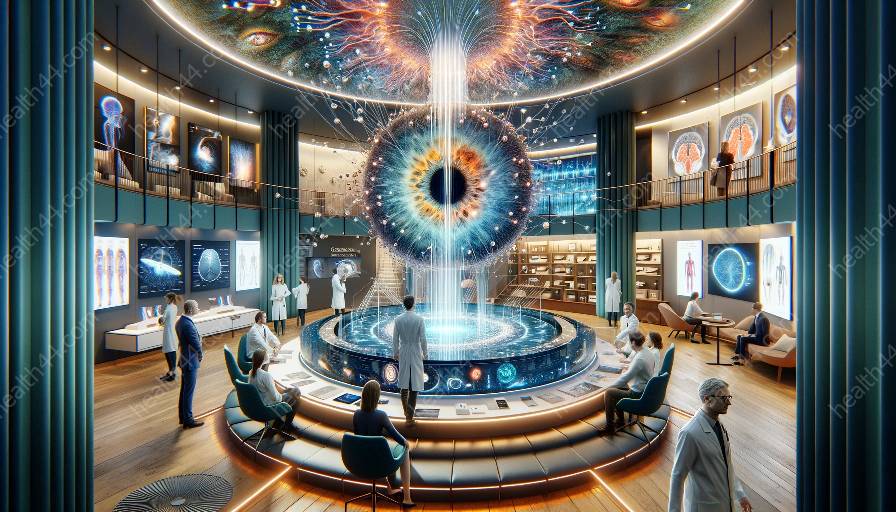Visual perception plays a crucial role in our daily activities, from simple tasks like reading and driving to complex activities such as playing sports and navigating through crowded spaces. Understanding the impact of visual perception on daily activities is essential for developing effective vision rehabilitation techniques that enhance the quality of life for individuals with visual impairments. This topic cluster delves into the intricacies of visual perception, its influence on daily activities, and the role of vision rehabilitation in optimizing visual function.
Understanding Visual Perception
Visual perception encompasses the ability to interpret and make sense of the visual information received by the eyes. It involves the complex process of perceiving, organizing, and interpreting visual stimuli to form a meaningful understanding of the surrounding environment. Essential components of visual perception include depth perception, object recognition, spatial awareness, and visual-motor coordination.
Visual perception is not solely reliant on the eyes but also involves the brain's ability to process and interpret visual stimuli. The brain integrates the information received from the eyes and other sensory systems to construct a coherent visual experience. Any disruptions in this process can lead to challenges in daily activities and may necessitate vision rehabilitation interventions.
Impact of Visual Perception on Daily Activities
The impact of visual perception on daily activities is far-reaching, influencing various aspects of life. From basic self-care routines to complex social interactions, visual perception influences how individuals navigate and interact with their surroundings. Some examples of how visual perception affects daily activities include:
- Reading: Visual perception is essential for reading and comprehending written words, as it involves visual tracking, saccadic eye movements, and the coordination of eye movements with cognitive processes.
- Driving: Safe driving heavily relies on accurate visual perception, including depth perception, peripheral vision, and the ability to detect and interpret visual cues on the road.
- Sports and Recreation: Engaging in sports and recreational activities requires efficient visual perception for tasks such as tracking moving objects, estimating distances, and reacting to visual stimuli.
- Navigating Environments: Visual perception impacts an individual's ability to navigate through indoor and outdoor environments, detect obstacles, and maintain spatial orientation.
- Social Interactions: Facial recognition, interpreting body language, and making eye contact are all influenced by visual perception and impact social interactions.
Vision Rehabilitation: Enhancing Visual Function
Vision rehabilitation encompasses a spectrum of techniques and interventions aimed at enhancing visual function and promoting independence for individuals with visual impairments. It focuses on maximizing the remaining visual abilities, utilizing assistive devices, and developing compensatory strategies to improve quality of life and participation in daily activities.
Key components of vision rehabilitation include:
- Low Vision Therapy: Utilizing specialized optical devices, magnification tools, and adaptive technologies to optimize the use of residual vision for various tasks.
- Orientation and Mobility Training: Teaching individuals how to move safely and confidently through different environments using visual and non-visual cues, tactile maps, white canes, and orientation aids.
- Activities of Daily Living (ADL) Training: Providing guidance and adaptive strategies for performing essential daily tasks such as cooking, grooming, and managing household activities despite visual impairments.
- Assistive Technology: Introducing individuals to a range of assistive devices, such as screen magnifiers, talking computers, and speech-to-text software, to facilitate access to information and communication.
- Visual Processing Therapy: Engaging in exercises and activities designed to improve visual processing abilities, including visual attention, visual memory, and visual discrimination.
Conclusion
Visual perception significantly influences daily activities, and understanding its impact is critical for effective vision rehabilitation. By acknowledging the complexities of visual perception and implementing targeted vision rehabilitation strategies, individuals with visual impairments can achieve greater independence, confidence, and participation in various daily activities.





















